A new study evaluates gravity using string theory, a promising candidate for describing particle interactions at their most fundamental level.
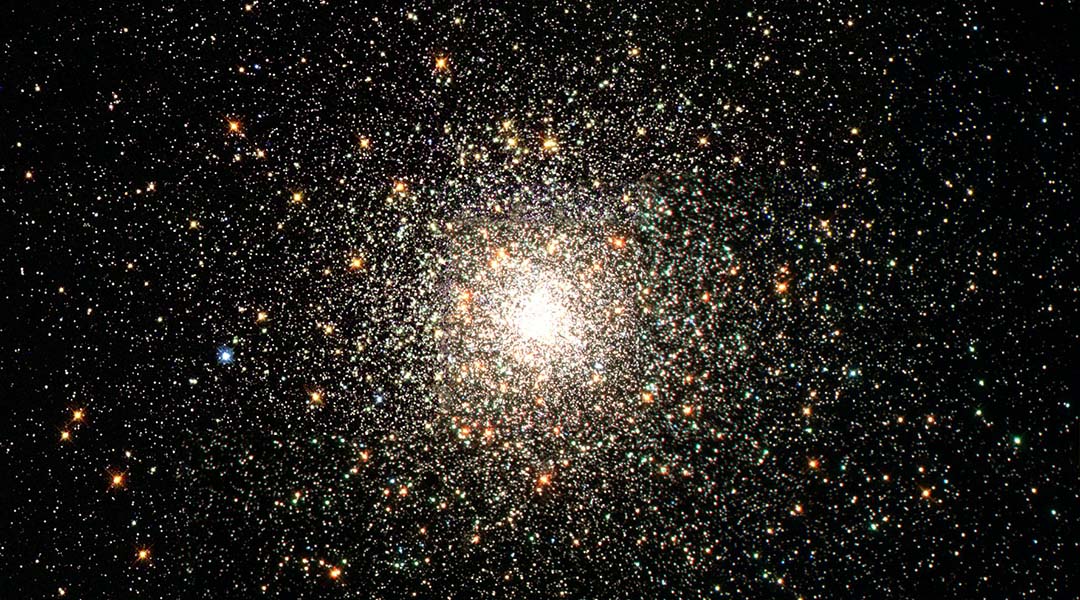

A new study evaluates gravity using string theory, a promising candidate for describing particle interactions at their most fundamental level.
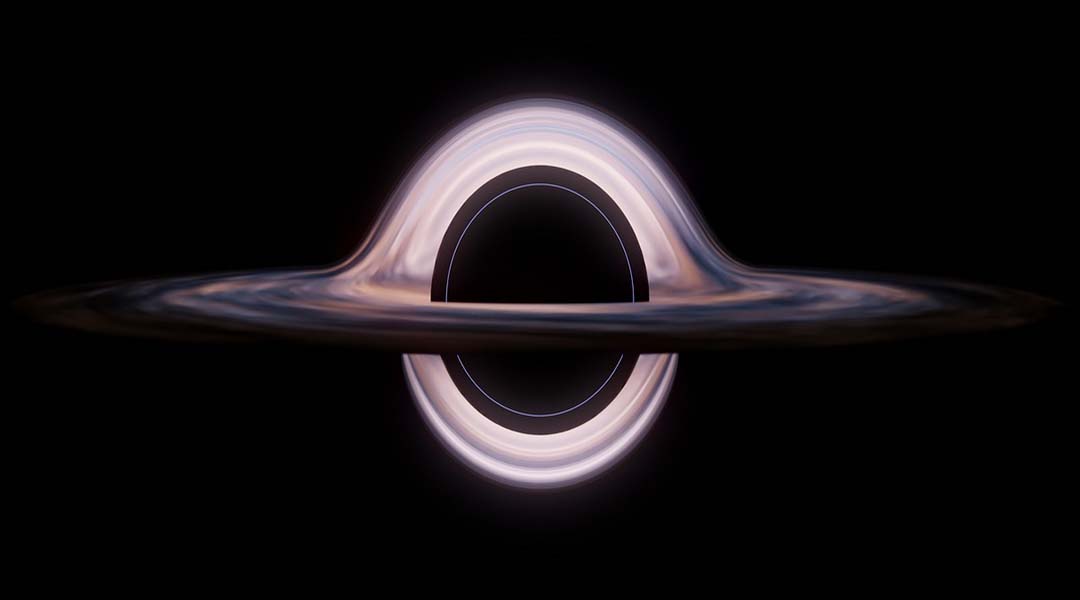
Astronomers looking at how black holes grow over time may have found the answer to one of the biggest problems in cosmology.
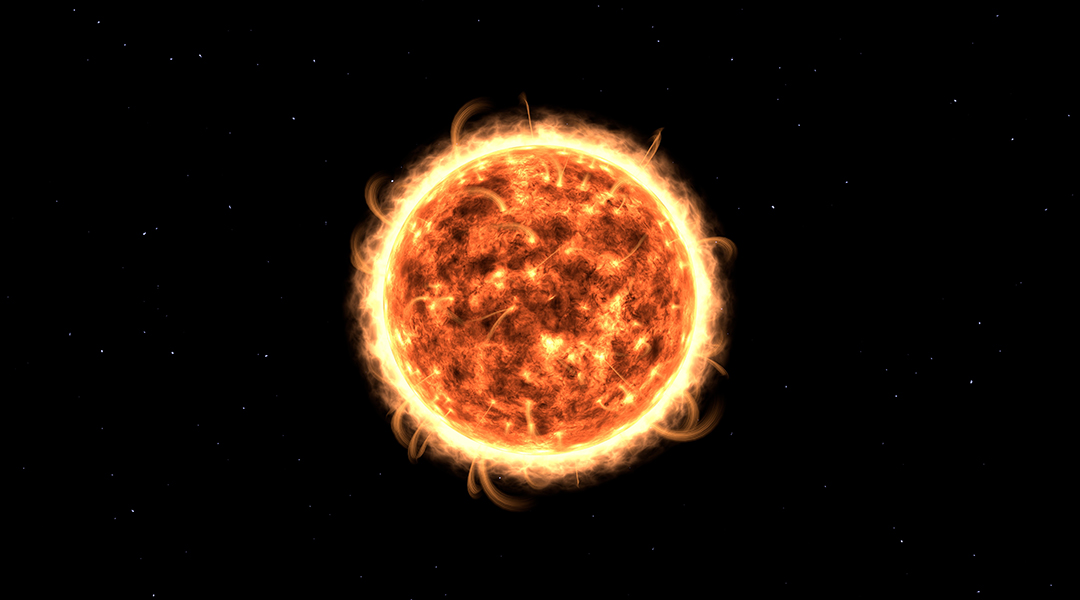
Sending atomic and nuclear clocks into the inner reaches of our solar system could help scientists find proof of elusive dark matter.
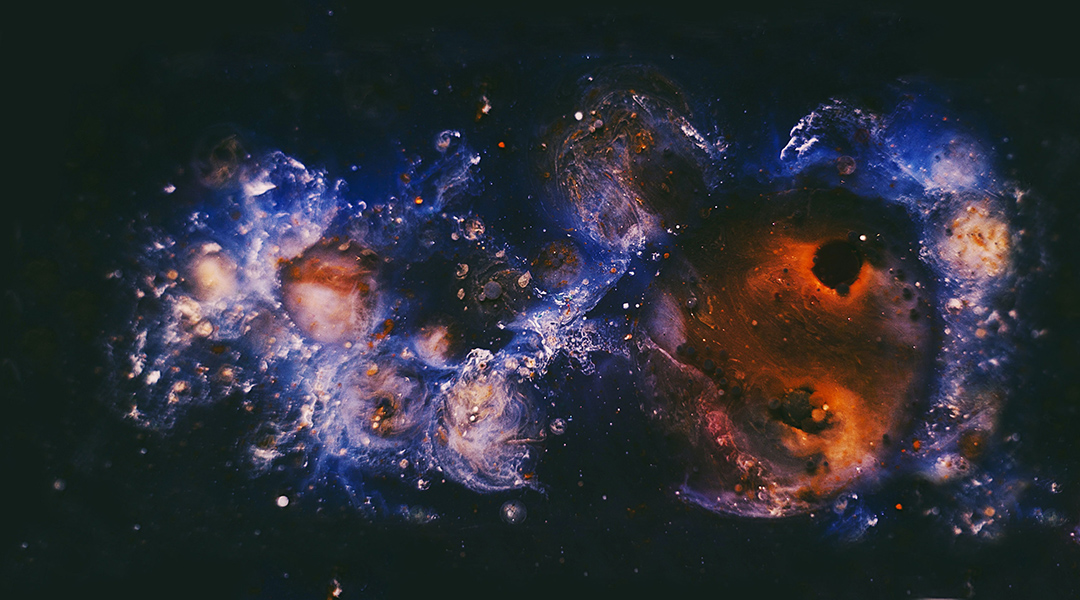
A modification to the theory of general relativity makes it consistent with observable astronomical data without the need for dark energy.

Researchers at the Southern University of Science and Technology in China ask if gravitons can be promising candidates for dark matter components.

The LUX-ZEPLIN detector is now operational and ready to capture weakly interacting particles believed to be the constituents of dark matter.
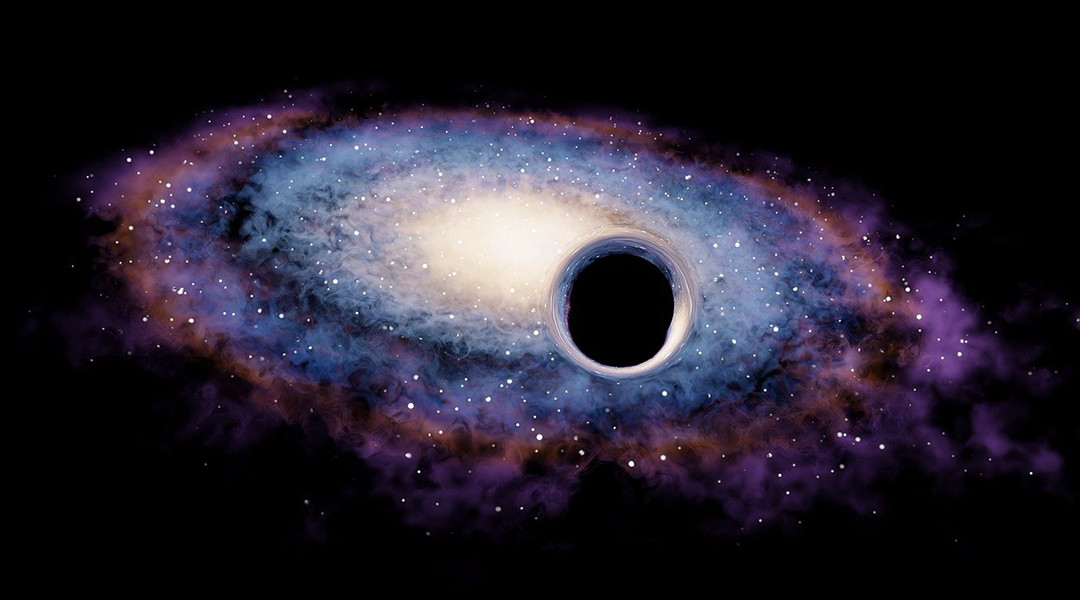
A new theory for the origin and nature of dark matter resolves some inconsistencies between cosmological predictions and astronomical data.
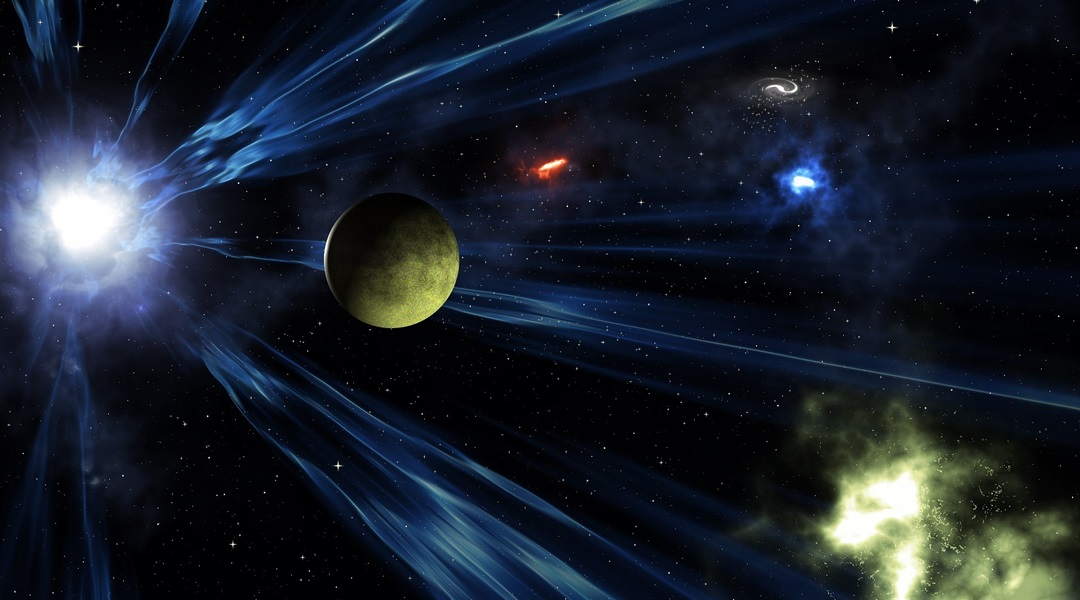
Extra dimensions at the microscale could be tested experimentally within 3-5 years.
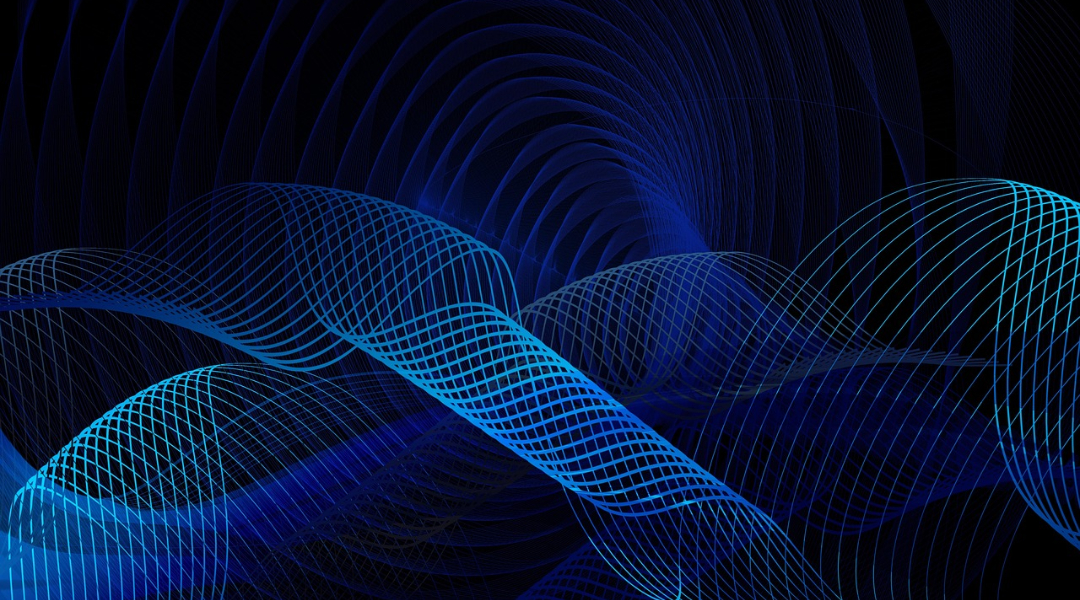
A new theory proposes gravity isn’t a fundamental force but emerges from quantum electromagnetic interactions, potentially reshaping our view of spacetime itself.
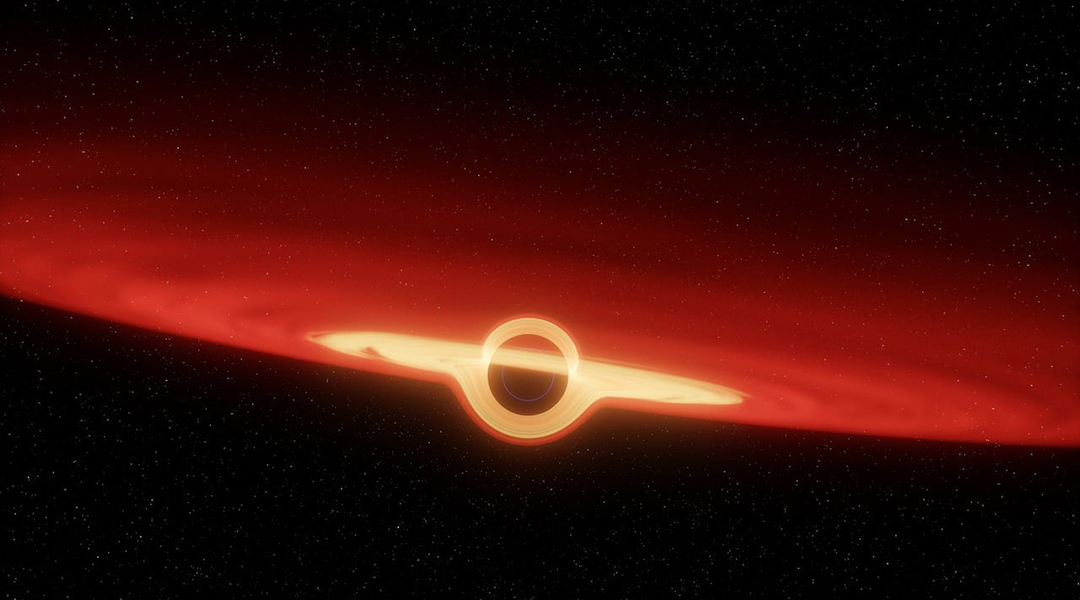
Small primordial black holes could have consumed the interiors of planets or asteroids, leaving their outer shells intact.